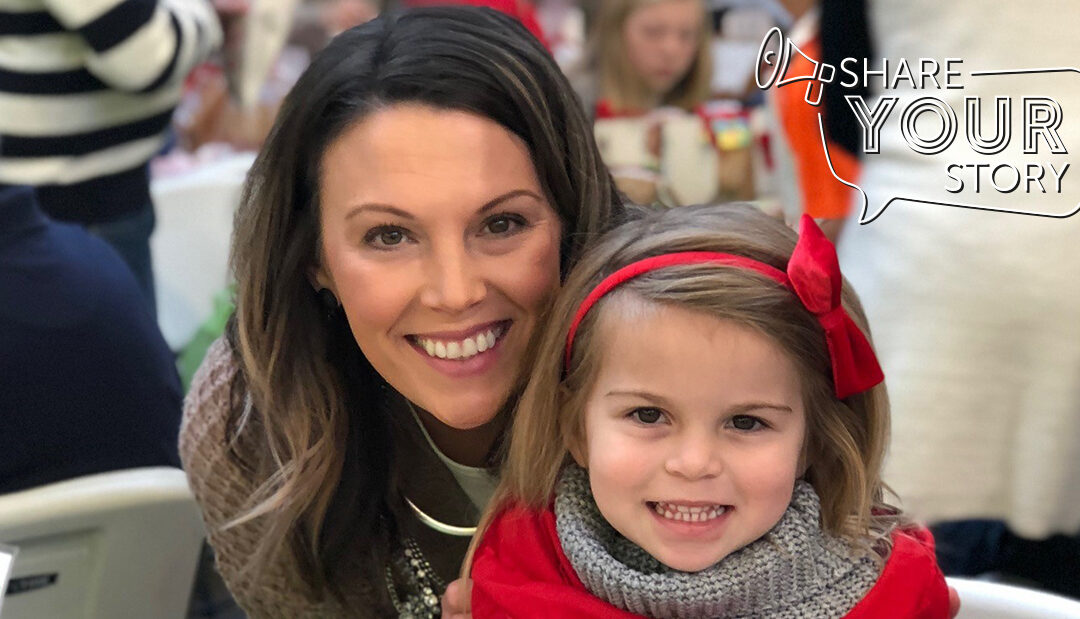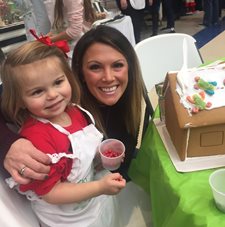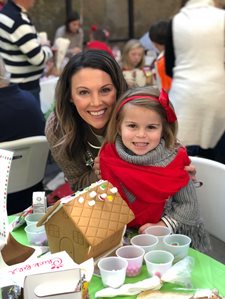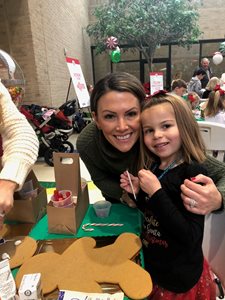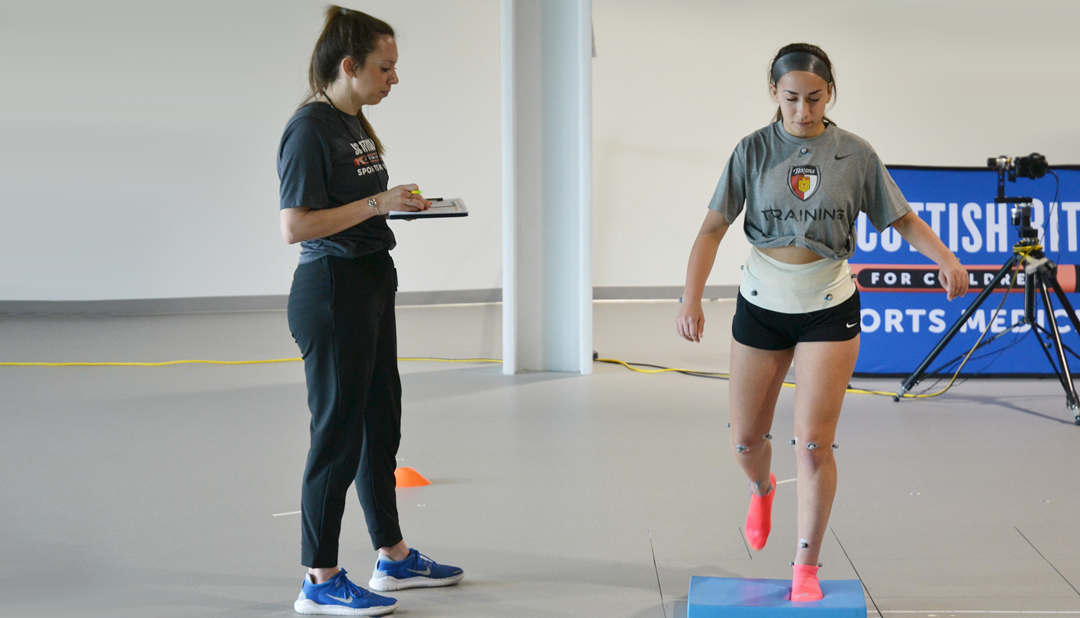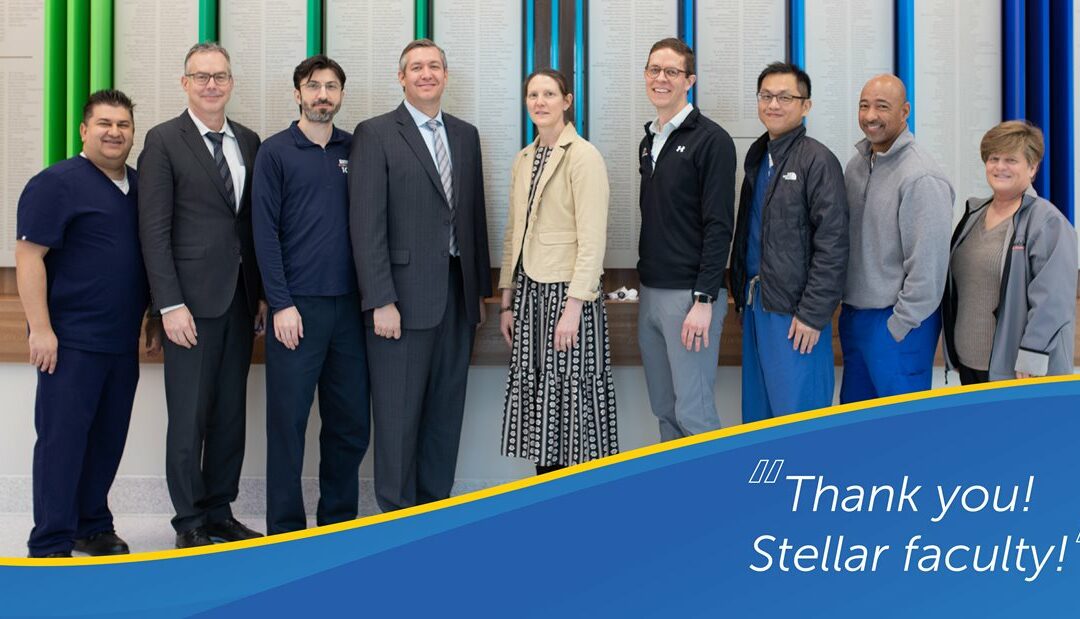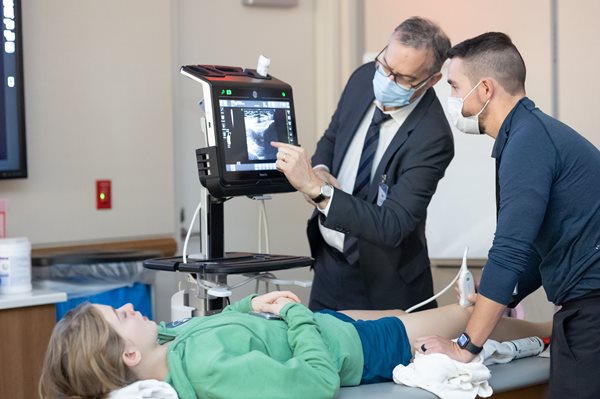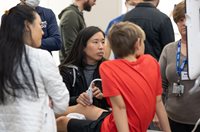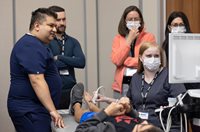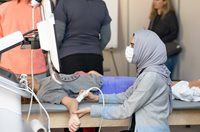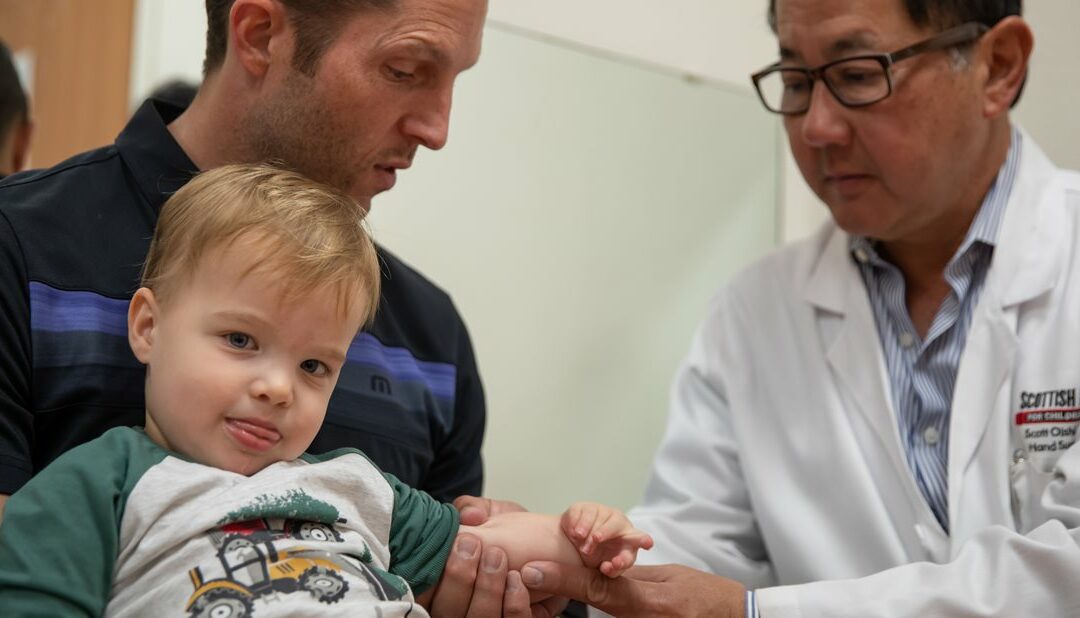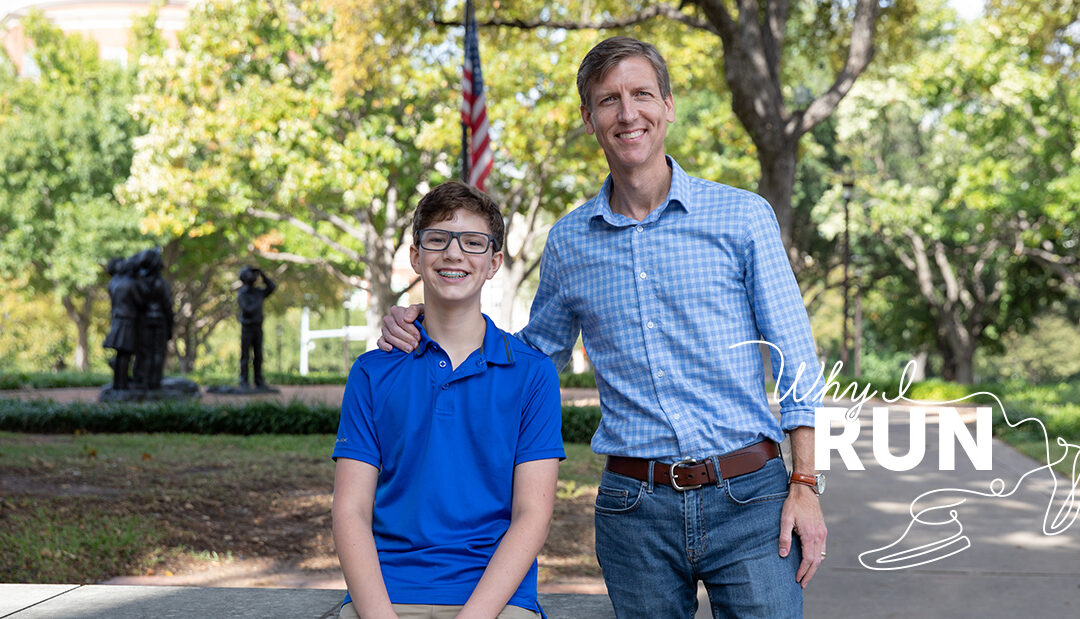
Why I Run: Family Support
Meet Preston, a patient who was seen by our team of experts. Learn more about his journey below.BMW Dallas Marathon
Blog written by Preston’s dad, Preston.
Our son Preston lives with a condition known as Klippel-Trenaunay-Weber Syndrome (KTWS). In short, it is a
vascular disorder that can cause vascular malformations and affect skin and bone development. The effects vary dramatically between patients. Preston is affected throughout the entire lower half of his body. He has abnormal vein development (an abnormally large number of veins) throughout his abdomen and legs, which can cause internal bleeding, pain, fatigue, etc. As it relates to Scottish Rite for Children, however, is the abnormal development of his right leg. He was born with a significantly small right leg that also has some joint misalignment in the ankle and knee. This leg length discrepancy caused significant issues with walking or climbing stairs, and it virtually eliminated his ability to run or play like other children.
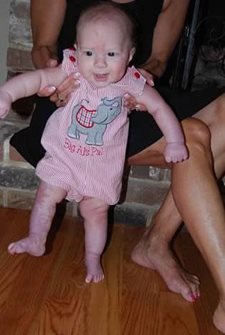
Our journey to Scottish Rite was not immediate. After diagnosis, our initial concern from our doctors here in Houston were the immediate vascular issues. Once we addressed this, we were referred to an orthopedist locally who was the “best” per our referrals. This doctor did not, however, prove to be the best for us and left us desperate to find someone to help. We tried several locally, but none were equipped to manage his orthopedic needs and grasp his KTWS. One of his vascular team doctors recommended Scottish Rite. Up to that point, we were unfamiliar with the hospital.
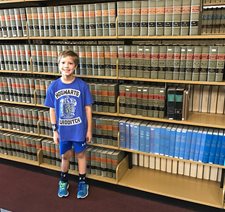
After several years of monitoring his legs and getting by with orthotics and knee braces, he underwent an epiphysiodesis surgical procedure to help even out the length of his legs. Dr. Podeszwa and his team performed the surgery in November of 2020. We have seen a significant decrease in the leg discrepancy over the last year and a half. This has allowed him to participate in sports, with baseball being his favorite. While he may not set any records as the fastest on his team or be the most graceful, he can now run the bases on his own without the need of assistance or a pinch runner. This has had a dramatic effect on his self-confidence and our peace of mind. While he will live with KTWS his entire life, the reduction of his limb discrepancy will help him get closer to a typical lifestyle.
Preston and I have discussed, at length, getting further involved with Scottish Rite. We decided this year would be a good time to get involved. I would typically run the NYC Marathon in November or the Houston Marathon in January, but we thought running in Dallas would be a great experience for the whole family and help him give back to Scottish Rite. Preston has been joining me as I train for the marathon – he bikes while I run. While he isn’t ready to run a marathon yet, Preston is excited to serve as one of the Junior Race Directors for the 2022 BMW Dallas Marathon. Our whole family is excited to give back, and we are thankful to have the opportunity to play a small part in helping Scottish Rite continue its ability to help all children.
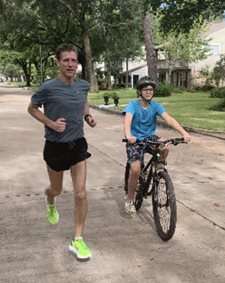
Since 1997, Scottish Rite for Children has been the primary beneficiary of the BMW Dallas Marathon. This weekend, spectators will line the streets and neighborhoods of Dallas to cheer on participants. Learn more about registering for the BMW Dallas Marathon and how to the support runners.
Learn more about our Center for Excellence in Limb Lengthening
